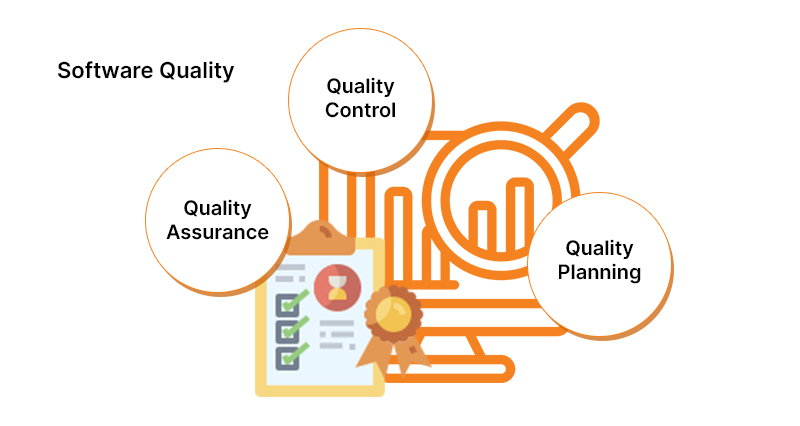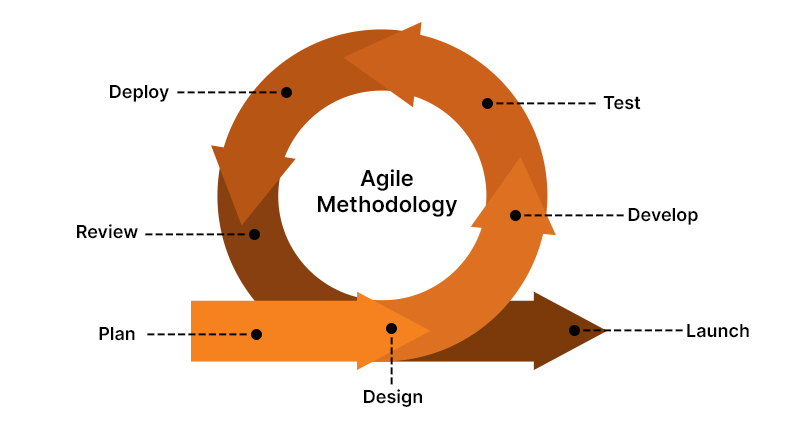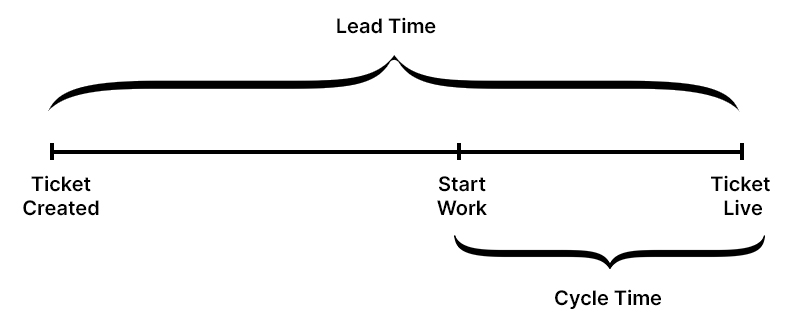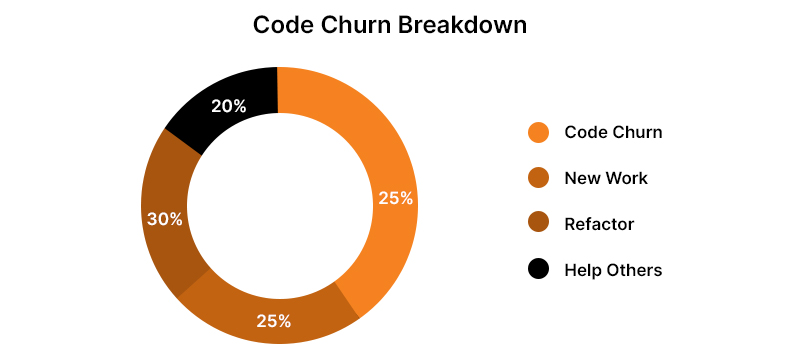“If you don’t collect any metrics, you’re flying blind. If you collect and focus on too many, they may be obstructing your field of view.” ― Scott M. Graffius.
Software quality assessment can be more complex. Software quality is subjective. A highly efficient software may not offer value to the customers. On the other hand, software that can is valued and accepted by customers can be laggy and open to security threats. Despite all the different viewpoints on what constitutes successful software, the one element that truly matters is how software affects your enterprise’s bottom line.
Moreover, customers will abandon applications with buggy code and bad security practices, which could get them into significant trouble. A thorough inspection guarantees that your application will function as intended and maintain customer engagement.
Therefore, is it possible to evaluate software quality? Indeed. This article will explore what software quality metrics are, why they matter, and the different metrics you should keep in mind to deliver efficient software.
What are Software Quality Metrics?

Each enterprise has different requirements for what constitutes a suitable measuring system. What is significant to one company might not be adequate to another. Additionally, as mentioned in the quotation from veteran Scott M. Graffius, overusing metrics wastes time and complicates the final software. Every step of the quality-checking process must be completed before you can go on to the next step. Since you would want to avoid introducing subpar software in the market, this is important. Metrics for measuring the caliber of software establish a baseline for determining an app’s likelihood of success.
The Importance of Software Quality Metrics
After considering how metrics are valued, it is best to concentrate on end-user expectations and the value customers derive from the application. You may utilize metrics to assess, alter, and accelerate the effectiveness over time, assisting your workforce in producing more excellent value. Establishing a value cycle for quality from beginning to end will ultimately:
- Increased revenue
- Save money and time.
- Encourage the use of agile software development methods
- Determine what needs to be improved
- Manage workloads more effectively.
- Reduce overtime
- Boost ROI
In other words, it addresses the issue of coders focusing on the application as it is being developed and ignoring further evaluation of the finished software or the customer’s perspective.
Top Software Quality Metrics that Matter
Agile Metrics
The agile development methodology concentrates on quickly creating usable software through short iterative strategy, development, and evaluation cycles. Agile metrics measure the speed at which programmers work and the time required to accomplish tasks to evaluate and improve the process.

There are three frequently used agile metrics:
- Lead Time
- Velocity
- Cycle Time
Lead Time and Cycle Time

Lead time is the time between the initiation and completion of a process. Cycle time is quite close to lead time, except that just the time between the beginning and completion of the job is taken into account, and it needs to incorporate the time when a task is on hold to be addressed by developers. Lead time and cycle time give you an understanding of how activities are handled, queued, allocated, and completed by tracking the time taken on each task from request through development to delivery.
Velocity
Velocity is a crucial parameter that gauges how fast one developer can complete a specific task. Knowing a developer’s velocity for a particular job allows you to identify which programmers can perform more effectively and generate better software in a given development area.
QA Software Quality Metrics
The central focus of QA metrics is the quality of the code and how prone it is to have bugs or be challenging to maintain. Project managers use QA metrics to identify, forecast, and address issues. Below are some QA duality metrics.
Test Coverage
These metrics assess how deeply testing analyzes a project. A solid set of the testing process and consumer tests must be employed to properly assess the capabilities of every conceivable aspect of a particular operation to determine where and when the software malfunctions and where modifications are required. This metric allows a team to thoroughly comprehend how to test software and find bugs before customers do it.
Code Coverage
Similarly to test coverage, code coverage evaluates the portion of the codebase that has undergone unit testing. To ensure everything functions properly in development, unit tests must cover each code line in software, each branch of a state, and each loop through the application.
Production Metrics
Production data can assess a developer’s competency and place them in appropriate tasks to maximize efficiency. It shows how developers utilize their time, how effectively they collaborate, and how frequently they have to rewrite their code.
You can use the following metrics to gain detailed knowledge about how programmers produce their work:
Active Days
Active days count the days the developers code and exclude the time used for planning. This assists in comprehending the hours required for coding to days consumed on certain other tasks and is very close to lead time.
Productivity
If you need to know how and when programmers perform effectively, productivity in application development must be tracked. This is usually based on the amount of code each developer produces. Additionally, productivity metrics are useful in determining the number of developers required to complete a project.
Code Churn

The volume of code rewritten in software is referred to as “code churn.” Even though alterations are a normal part of creating and maintaining software, making too many changes might lead to unexpected flaws. Code churn also refers to how much code is changed due to deficiencies; hence higher code churn is frequently associated with flakier code.
Consumer Satisfaction
One of the final metrics you must consider when assessing a new software is overall customer satisfaction. Before software is released, it should have undergone numerous QA tweaks. However, even the finest code may have defects if the software is complicated. To keep your software updated and functional, you must give your consumers a chance to discover and report defects.
You can evaluate this using customer feedback: Customers can assess how effectively the software satisfies their requirements and resolves the issues it is intended to address.
Maintaining Software Quality
Numerous variables matter when it comes to maintaining software quality. “Quality” is subjective because it includes elements that are often impossible to quantify using statistics or charts. You should first list the components of software quality. You must respond to the questions below to achieve this:
- What is my quality? This analyzes how easily software can be updated.
- Is working with it simple or complicated? This measures the functionality of the software.
- Where am I at risk? This measures the stability of the application. Do all the testing pass, and can it screw up?
- What’s the risk to me? Software security shortcomings and issues. Can you pinpoint any potential weak points?
- Is it effective? This indicates the software’s usefulness and efficiency. How does it appear during the duration of its lifetime?
- Is it finished? It indicates bug delivery frequency and application security testing.
Wrapping Up
A chef needs frequent taste while preparing a soup to see whether it is correctly cooked, flavorful, or lacking an ingredient. Similarly, you should evaluate development using analytics to identify what goes well and what deserves better. You’ll need a strong dedicated QA engineer team to ensure that your software satisfies these requirements. If software quality is not adequately tested and maintained, severe effects can arise.
So you need to hire a qualified team to manage this challenging procedure.
Why your search for seasoned developers ends at Netsmartz?
Our Competencies
Establish concrete control over your product or software’s functioning and usability. By ensuring a high-performance, bug-free experience for your customers.
Full Suite of QA Testing Services
Take a quality-centered approach to software development with Netsmartz with the best tools, practices, and methodologies targeted to enrich your product’s experience.
Solid Expertise & Experience
Leverage countless practices imbued in our development and testing ethos where we retrograde test applications & complex enterprise software
Combine Security and Usability Outcomes
Ensure the security of your applications using a suite of manual and automation testing, increasing test coverage and removing potential vulnerabilities
Tailored QA per Software Specifics
Ensure zero defects in production through custom QA processes per platform and devices, as well as prioritized test cases to enhance the usability
Latest Practices and Technologies
Bring in the latest testing procedures, practices, and technologies to ensure high-quality project implementation and efficient performance.
One-Stop Testing Destination
Our comprehensive suite of Testing and QA services ranges from Mobile App testing to Automation Testing to deliver high-quality software applications.
Sounds interesting? Then contact us now.
Summary
Kickstart Your Project With Us!
Popular Posts
CONTACT US
Let's Build Your Agile Team.
Experience Netsmartz for 40 hours - No Cost, No Obligation.
Connect With Us Today!
Please fill out the form or send us an email to







